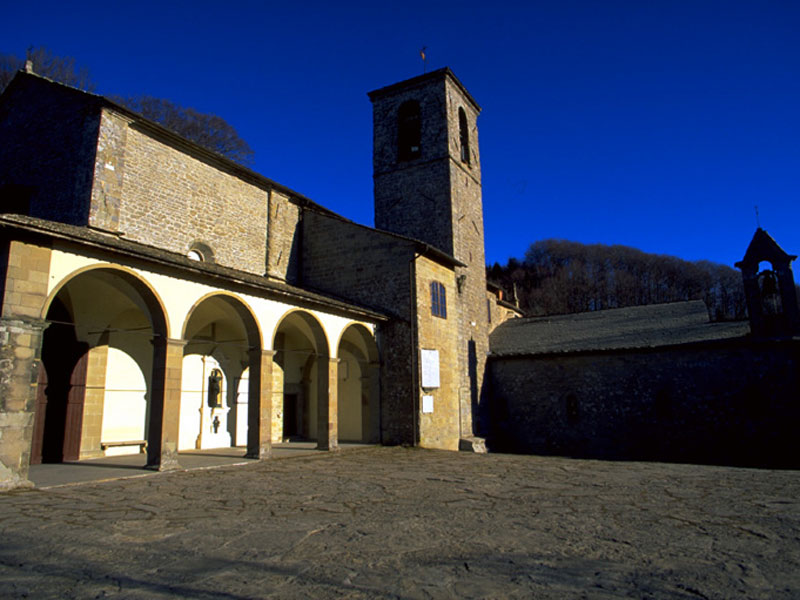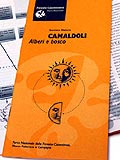Parco Nazionale delle Foreste Casentinesi, Monte Falterona, Campigna
www.parcoforestecasentinesi.itCamaldoli
Trees and Wood
- Trail Conditions: On foot
- Interest: Flora, Religion
- Duration: 2 hour/s
- Length: 1.8 km
- Difference in height: Uphill 100m
- Recommended Period: from April to November
Camaldoli is probably the best known site in the Park for the natural and spiritual value of the forest and its millenary monastic settlement. Monks and wood have always represented an indissoluble union in Camaldoli: according to the "Regola di vita eremitica" (Rules of Hermit Life, by Beato Giustiniani 1520), every year four thousand new fir trees had to be planted, while the decision to cut one of them had to be approved by the general assembly of the monks.
This Nature Trail has more profane features, and tries to tell something about some characters who have always inhabited this territory: the trees.
We will start from the simplest and tiny forms of vegetable life (moss and lichens) and get to the giants of the wood, like Miraglia chestnut tree. Our tale will focus on the most important features of the main species and will deal with the most complicated methods to recognize the different tree species. The Trail represents a short introduction to botany and invites visitors to discover and recognize the various forms of life in the forest.
Stops:
- Moss and lichens: pioneer life
- Camaldoli: oasis of nature and spirituality
- The Silver Fir and the monks of Camaldoli
- Hazelnut tree and White Hornbeam
- The oak
- The beech tree
- An old chestnut tree wood
- The golden chain and the cherry tree
- Let's recognize conifers
- "Miraglia" chestnut tree











